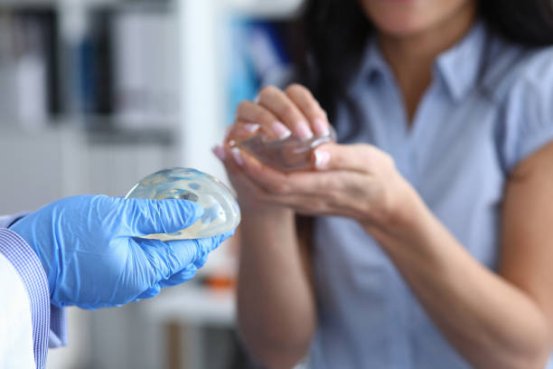A breast lift, or mastopexy, reshapes and elevates sagging breasts by removing excess skin and tightening underlying tissue, helping restore a firmer, youthful contour. Women commonly seek this procedure due to aging, pregnancy, weight changes, or genetics, making understanding the process, costs, and surgeon selection vital.

What Is a Breast Lift and How It Works
A breast lift repositions the nipple and areola to a higher, more natural position while removing loose skin. Surgeons reshape the breast mound through carefully placed incisions to achieve a firmer, rejuvenated appearance. The procedure typically takes two to three hours under general anesthesia and can be combined with breast augmentation or reduction. Recovery includes wearing supportive garments, avoiding strenuous activity, and adhering to post-operative care instructions.
Breast Lift Cost Considerations
Costs vary based on the surgeon’s experience, location, facility fees, and procedure complexity. The surgeon’s fee is usually the largest portion, followed by anesthesia and operating room costs. Additional expenses may include diagnostic tests, recovery garments, prescription medications, and follow-up visits. Cosmetic breast lifts are generally not covered by insurance unless medically necessary, so patients should carefully review all costs beforehand.
Vampire Breast Lift in the U.S.
A non-surgical alternative gaining popularity is the vampire breast lift, which uses platelet-rich plasma (PRP) from the patient’s own blood to stimulate collagen production, improving firmness and skin texture. While results are subtler than surgery, benefits include no scarring, minimal downtime, and a natural lift. The procedure involves drawing blood, concentrating platelets, and injecting them into targeted areas for rejuvenation.
Choosing the Right Surgeon
Selecting a qualified surgeon is essential for optimal results. Look for board certification by the American Board of Plastic Surgery, ensuring specialized training and high standards of care. Review before-and-after photos, read patient reviews, and consult multiple surgeons to compare techniques. Ideal surgeons have extensive mastopexy experience, hospital privileges, accredited facilities, and clear communication regarding expected outcomes.
Provider Type | Average Cost Range | Key Features |
Board-Certified Plastic Surgeon | $4,500 - $8,000 | Hospital privileges, specialized training, accredited facilities |
Cosmetic Surgery Center | $3,500 - $6,500 | Dedicated centers, package pricing, financing options |
Academic Medical Center | $5,000 - $9,000 | Teaching hospital, advanced techniques, resident involvement |
Vampire Breast Lift (PRP) | $1,800 - $3,500 | Non-surgical, minimal downtime, natural-looking results |
Preparation and Recovery
Proper preparation is critical for the best outcome. Patients may need medical clearance, medication adjustments, lifestyle changes like quitting smoking, and adherence to pre- and post-surgery instructions. Most can return to work within one to two weeks, with swelling and bruising gradually resolving. Final results are generally visible three to six months post-surgery, once tissues have fully healed.
Alternatives and Combined Procedures
Some patients combine a breast lift with implants for added volume or with reduction for proportional results. Non-surgical options such as ultrasound therapy, radiofrequency treatments, or injectable fillers can provide modest improvements. Breast lifts may also be combined with tummy tucks or body contouring, though these require longer recovery periods and careful planning.
Final Thoughts
Understanding the procedure, costs, and surgeon selection is essential when considering a breast lift. Whether opting for traditional mastopexy or a non-invasive vampire lift, thorough research and professional consultation ensure the best outcomes. Beyond the financial investment, a breast lift can enhance aesthetics, self-esteem, and overall quality of life.
